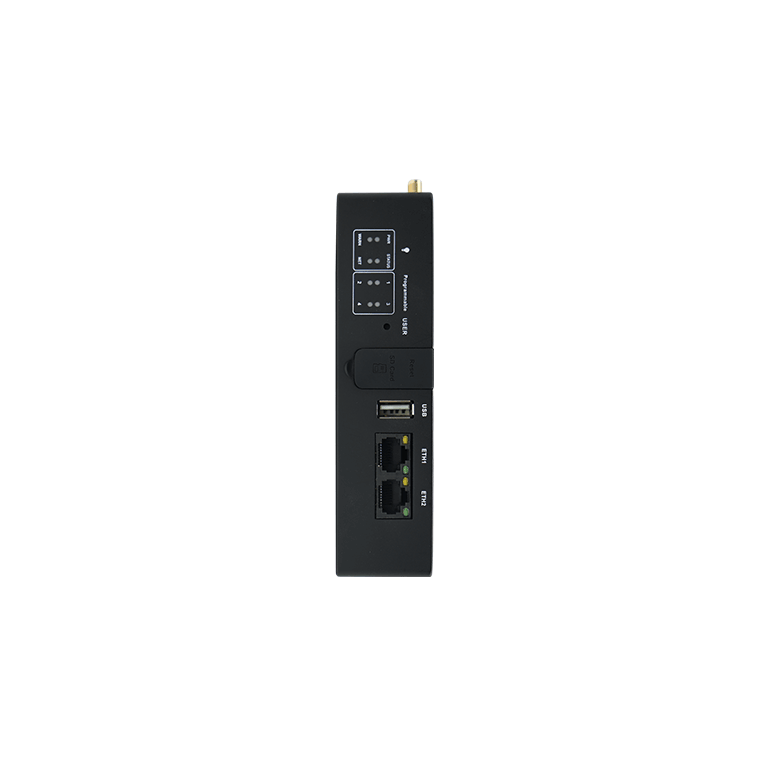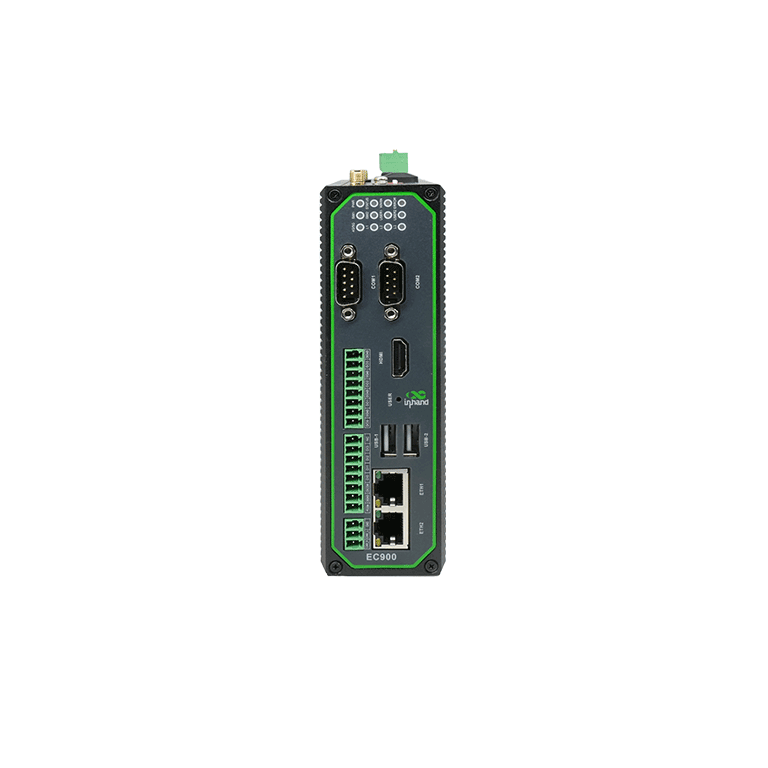
As the Internet of Things (IoT) continues to expand, ensuring the security and integrity of connected devices is critical. Secure Boot is a key technology safeguarding these devices. In this article, we explore its significance in IoT edge computing, highlighting its benefits, applications, and implementation strategies.
What is Secure Boot?
Secure Boot is a security standard designed to ensure that a device boots only with software that is trusted by the Original Equipment Manufacturer (OEM). During the boot process, Secure Boot checks each piece of boot software, including the firmware drivers (Option ROMs), the EFI applications, and the operating system. If the signatures are valid, the device boots and the firmware gives control to the operating system. If the signatures are invalid, the device will not boot.
The Importance of Secure Boot
Ensuring System Integrity
Secure Boot ensures that only authenticated and approved software runs on a device, preventing the execution of unauthorized and potentially harmful code.
Protecting Against Malware
By verifying the authenticity of the bootloader and other critical software components, Secure Boot helps protect systems from bootkits and rootkits, which can be particularly damaging in IoT environments.
Enhancing Security in IoT Devices
IoT devices are often deployed in uncontrolled environments, making them susceptible to physical and remote attacks. Secure Boot provides a robust mechanism to maintain the integrity of these devices.
How Does Secure Boot Work?
Key Components of Secure Boot
1. Platform Key (PK): The PK is used to sign and verify the Bootloader.
2. Key Exchange Keys (KEK): These keys manage the database of trusted digital certificates.
3. Authorized and Forbidden Signatures Database: These databases store the digital signatures of trusted (authorized) and untrusted (forbidden) boot loaders and other software.
Secure Boot Process
1. Initialization: When a device is powered on, the firmware begins the Secure Boot process by checking the PK.
2. Verification: The firmware verifies the bootloader against the KEK and the signature databases.
3. Execution: If the verification is successful, the bootloader is executed. If not, the boot process is halted.
Applications of Secure Boot in IoT Edge Computing
Securing Edge Devices
In IoT edge computing, devices at the network edge process data locally before transmitting it to the central server. Secure Boot ensures these devices boot securely, maintaining the integrity of data processing.
Enhancing Edge Security Infrastructure
By ensuring only authenticated software runs on edge devices, Secure Boot strengthens the overall security infrastructure, preventing unauthorized access and data breaches.
Compliance with Security Standards
Many industries have stringent security standards for IoT devices. Implementing Secure Boot helps companies comply with these standards, ensuring their devices are secure and trusted.
Implementing Secure Boot in IoT Edge Computing
Firmware Configuration
Configuring firmware to support Secure Boot involves setting up the PK, KEK, and the signature databases correctly.
Software Signing
Ensure all software components, including the operating system and applications, are signed with trusted certificates.
Regular Updates and Monitoring
Regularly update the firmware and software to ensure continued protection against emerging threats. Monitor devices for any signs of unauthorized attempts to bypass Secure Boot.
Benefits of Secure Boot in IoT Edge Computing
Improved Security Posture
Secure Boot significantly enhances the security posture of IoT edge devices by ensuring that only trusted software is executed.
Reduced Risk of Cyber Attacks
By preventing unauthorized software from running, Secure Boot reduces the risk of cyber attacks, including malware, ransomware, and other malicious activities.
Increased Trust and Reliability
Implementing Secure Boot builds trust with customers and stakeholders, knowing that the devices are secure and reliable.
Challenges and Considerations
Compatibility Issues
Ensuring compatibility between different hardware and software components can be challenging when implementing Secure Boot.
Performance Overheads
Secure Boot processes can introduce performance overheads, which need to be managed to avoid impacting the device’s functionality.
Maintenance and Management
Maintaining and managing the keys and certificates required for Secure Boot can be complex, requiring dedicated resources and expertise.
Future Trends in Secure Boot for IoT Edge Computing
Integration with AI and Machine Learning
Future developments may see Secure Boot integrating with AI and machine learning to enhance threat detection and response capabilities.
Automated Key Management Systems
Advancements in automated key management systems will simplify the implementation and maintenance of Secure Boot in IoT environments.
Enhanced Interoperability
Efforts towards enhanced interoperability will make it easier to implement Secure Boot across diverse IoT devices and platforms.
Best Practices of Secure Boot
Thorough Testing
Conduct thorough testing to ensure Secure Boot is correctly implemented and functioning as intended.
Regular Audits
Perform regular security audits to identify and address any potential vulnerabilities in the Secure Boot process.
Educating Stakeholders
Educate stakeholders, including developers and users, about the importance of Secure Boot and best practices for maintaining it.
Conclusion
Secure Boot is a fundamental technology for ensuring the security and integrity of IoT edge computing devices. By implementing Secure Boot, organizations can protect their devices from unauthorized access and cyber attacks, enhancing the overall security posture of their IoT infrastructure. As IoT technology continues to evolve, Secure Boot will remain a critical component in maintaining device integrity and trust.
InHand Networks’ EC300 and EC900 series products support Secure Boot features, providing robust security for IoT Edge Computing.

